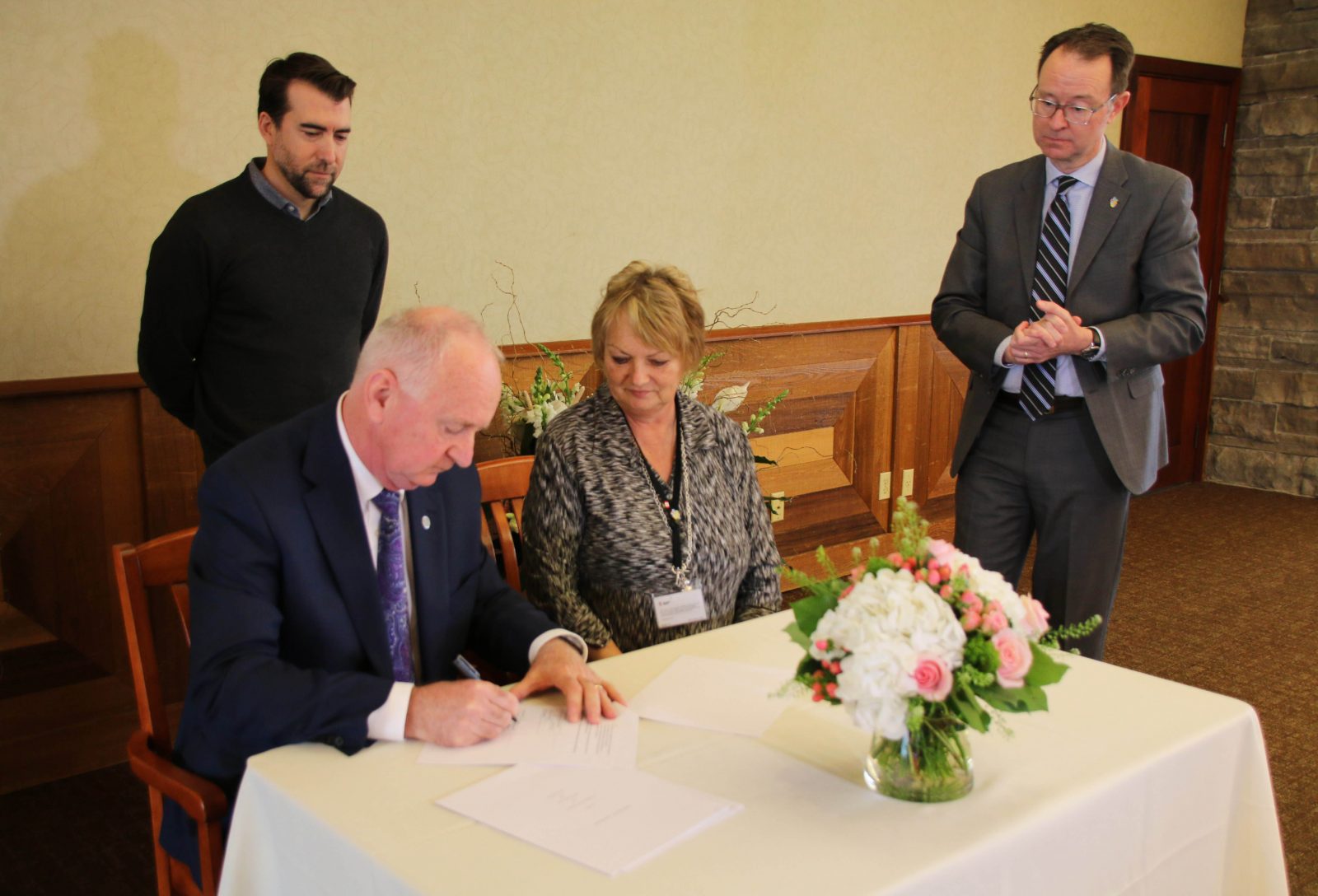
Blog Contributor: Nolan Kelly
Background
It is very hard to believe that it has been 8 months since I started my journey as a Master of Sustainability student at Brock. Although I am all done my in-class portion of the program, I still have the Major Research Paper and co-op placement to look forward to. While this is exciting, it also marks the end of my time attending classes at Brock University after 5 years here. As a result, I have decided to reflect on this time by looking back at how I got to where I am, and the influence that the program has had on me. The route I decided to take in my undergrad and masters was a little bit different, and I think that by highlighting my experience and the pathway I took, I can help other students who don’t know what to do next or need a little guidance. Hopefully this can also give students some perspective on the Master of Sustainability program itself to see if it is the right fit for them. This blog will reflect on my background, how I became interested in sustainability and some of the main takeaways that I have learned.
Minor in Environmental Sustainability
One of the most difficult and important decisions a person has to make is deciding what educational path they want to take. I was heavily torn between choosing the Sport Management program at Brock or choosing an environmentally based program elsewhere. I ended up choosing the Sport Management program and although I was happy with my decision, I was unsure of how I was going to have any environmental component to my education. During my first year I was thrilled to find out there was an environmental sustainability minor being introduced. I jumped on the opportunity and was really pleased with the amount of choice and diversity there was amongst these minor credits. The two introductory environmental courses were online and did a great job at building up my base of knowledge and first showed me the transdisciplinary aspect of sustainability. In researching this minor, I discovered that there were aspects of science, history, geography, sociology and political science that all came together to give me a better understanding of sustainability science. In fourth year, the contemporary environmental issues course that was the last mandatory credit needed for the environmental sustainability minor, really drew me in. The course was extremely engaging, informative, and left me feeling inspired every time I left. The combination of all the minor courses and especially this last course paved the way for me committing to the Master of Sustainability program.
Sport Management
As mentioned above, I came to Brock for their Sport Management program and I really enjoyed it. As I progressed with each year, I found myself drawing upon the knowledge I learned in my environmental sustainability minor and applying it to sport. By third and fourth year I really became interested in the intersection between sport and the environment and took sport management classes that would let me further explore this topic. There were also professors along the way that highlighted the importance of sustainability and the environment which furthered my interest in the topic. When I told people what I was minoring in most would have the same reaction of thinking it was an interesting topic but very different than my major. While I could see how many would think this, I saw the correlation between the two and wanted to explore the ways in which this gap between sport and the environment could be bridged. As a result, I researched the impact and reliance that sport has on the environment and the opportunities that exist within sustainability in sport. I took this interest into my master of sustainability program and decided to make it the central focus of the major research paper that I am writing this summer. While sport management is just one example, it highlights that sustainability has a place in everything.
Takeaways
My experience in the master of sustainability program has only solidified this as the transdisciplinary nature of the program was very evident. This allowed me to develop new perspectives in many different areas and further expand my knowledge in sustainability. At the start of the year I was a little reserved and felt like because my background was not more closely related with sustainability science, that it would be an area of weakness for me. However, this was not the case as I learned that my different background added to the conversation and offered a different perspective. While the imposter syndrome many students feel can be difficult to overcome, the professors did a great job at encouraging our ideas and reinforcing the transdisciplinary nature of sustainability. Collaborating with my cohort on projects and assignments was definitely one of the most enjoyable aspects of the program. Not only were we able to play to our strengths and be creative but it was a great example of how sustainability works in the real world. We were able to further see this firsthand in our transdisciplinary seminars with professionals in the field. Without collaboration and different perspectives, sustainability could not be successful.



































